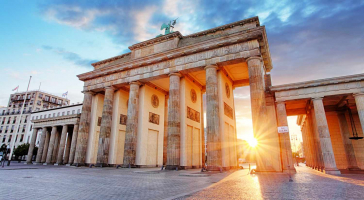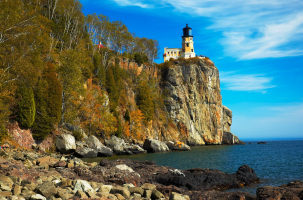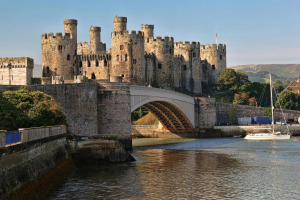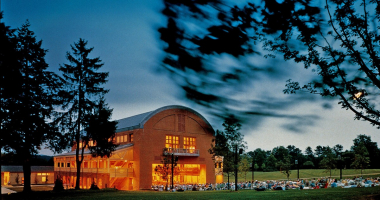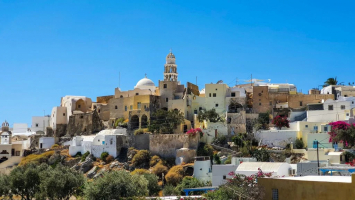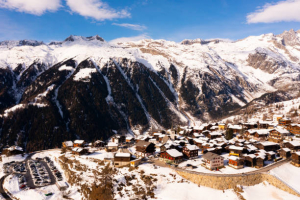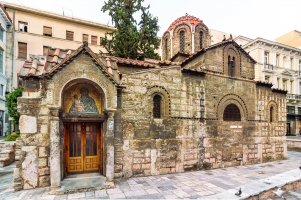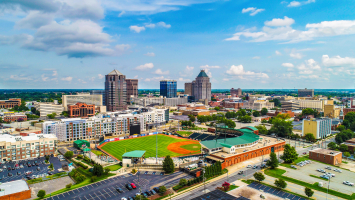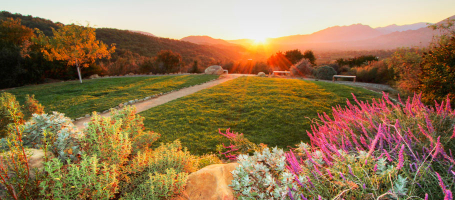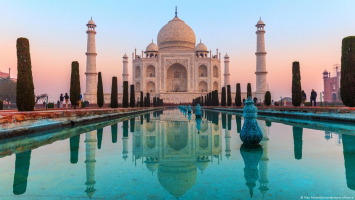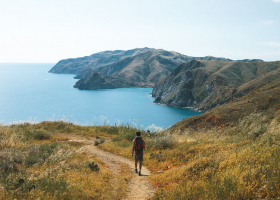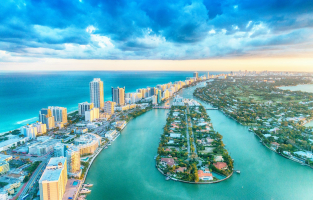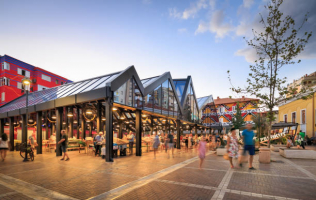Top 10 Best Things to Do in Hanoi, Vietnam
Hanoi is so attractive in the eyes of both tourists and locals because of its history, rich culture, cuisine, character, and hidden charms. Here are some of ... read more...the Best Things to Do in Hanoi, Vietnam that visitors must see when they come to this thousand-year-old city.
-
The main draw for many tourists visiting the capital of Vietnam is strolling the streets of the historic district. The commercial center of the town has a number of small alleys has a history dating back a thousand years.
It's a charmingly run-down area where a unique piece of medieval building has existed parallel with the contemporary bustle of whizzing motorbikes, street sellers, and pulsating commerce. This area's backstreets offer an excellent opportunity to see Hanoi's bustling street life. There is a wide variety of street food available, and there are many people selling fruits and vegetables on the streets. There are also stalls offering traditional medicines and Buddhist religious trappings. St. Joseph's Cathedral (Nha Tho Street), an example of neo-Gothic architecture and a relic of French Colonial rule, was constructed in 1886 and is located in the center of the old town area.
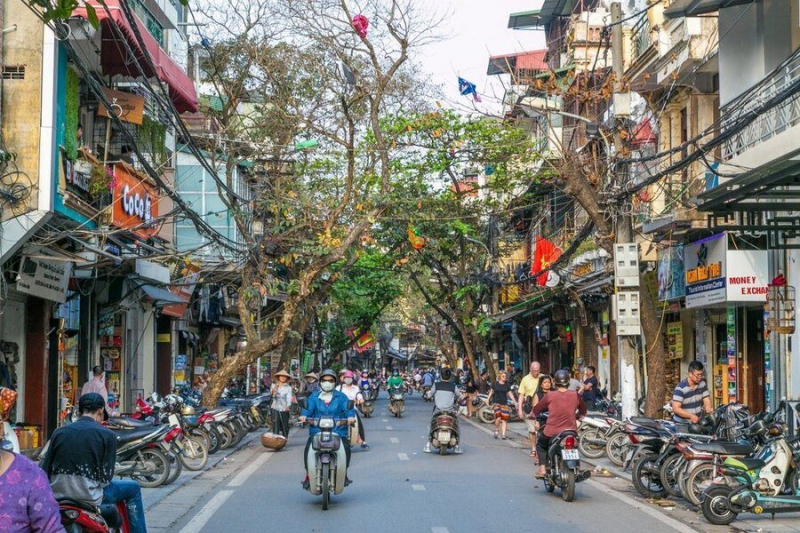
Explore Hanoi Old Town Quarter 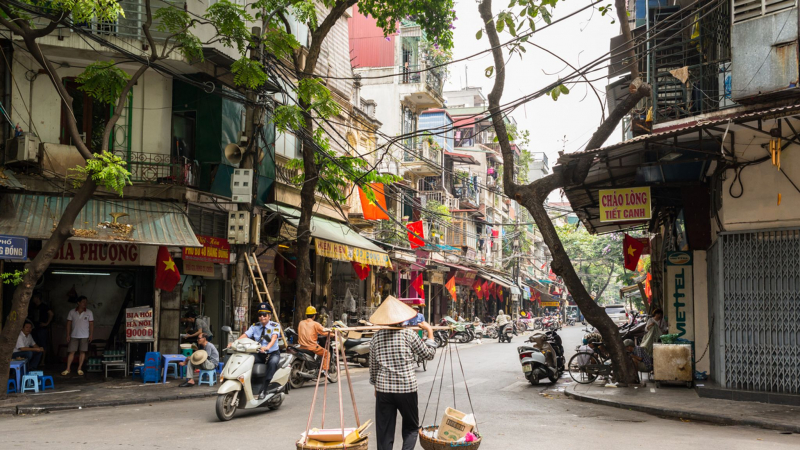
Explore Hanoi Old Town Quarter -
Located right in the center of the capital of Vietnam, Hoan Kiem Lake, also known as “Sword Lake", is famous for its peaceful beauty, its cultural as well as historical values.
The Ngoc Son temple is easily seen from either side of the lake as it is located in the lake's center. The Ngoc Son Temple and the lake shore are connected by a stunning structure known as the bridge. It stands out because of its bright red color and fine wood construction. A well-known tourist destination in Hanoi, the Huc Bridge is a symbol of Buddhist architecture and is referred to as "the bridge where light is absorbed". It is dedicated to three important historical figures in Vietnamese history: La To, who is revered as the patron saint of Drs; Van Xuong, a renowned scholar; and Tran Hung Dao, a general who fought against the invading Mongol army in the 13th century. The stocky Turtle Tower is located on a separate small island in the lake's southern region and is best viewed from the bridge.
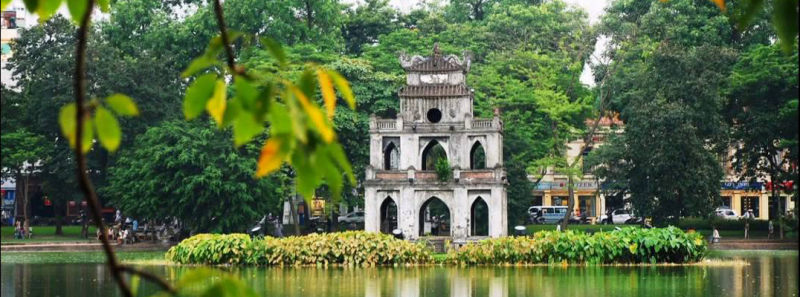
Stroll around Hoan Kiem Lake 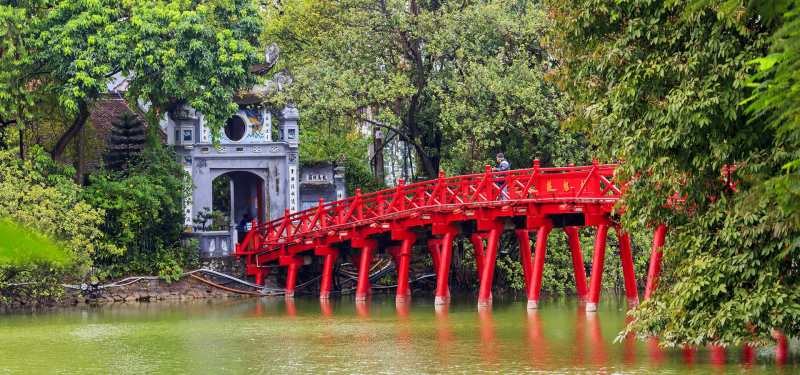
Stroll around Hoan Kiem Lake -
Hanoi has a treasure with the historical imprint that was formerly considered the first national university: the Temple of Literature, which is entangled with secret charms of serenity and peace. Emperor Ly Thanh Tong established the Temple of Literature in 1070 as a temple to honor the Chinese scholar Confucius.
This beautiful Confucian temple, which was first constructed as a university in the 11th century, is the most remarkable place of worship in the city. The Temple of Literature still exists today as a monument to the nation's scholars. Confucianism and literature were taught here throughout the Middle Ages, and next to the entranceway, you can still see the names of former students carved onto a row of pillars. Inside, a series of well-kept gardens leads to pavilions and a pagoda with a Confucius statue that is well-preserved.
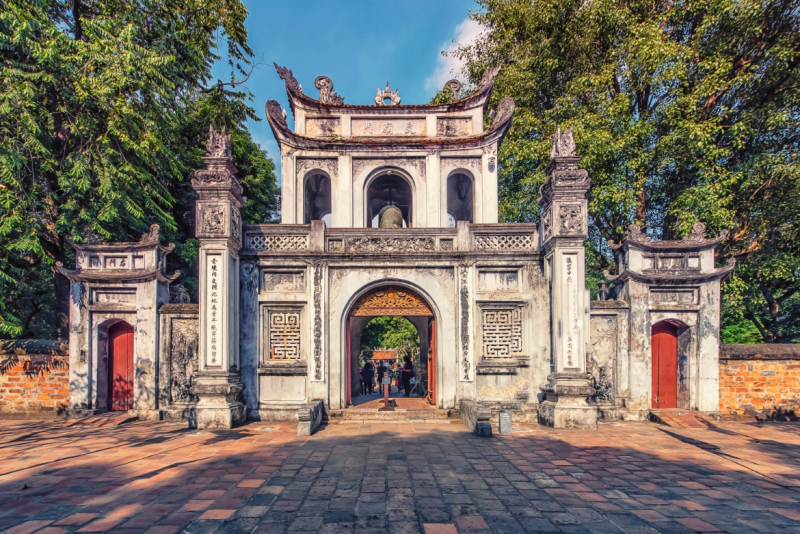
Admire the Temple of Literature 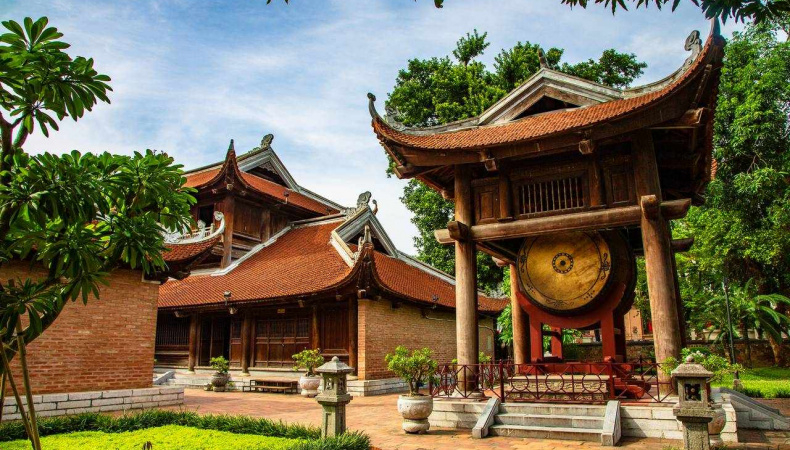
Admire the Temple of Literature -
The Ho Chi Minh Mausoleum is a renowned location built to keep Ho Chi Minh's body after he passed away so that he can find some peace in seeing the unity of Vietnam. Millions of tourists and Vietnamese people from all around the country have visited the location each year.
The Ho Chi Minh Mausoleum is a large complex located inside the city's gardens that houses Ho Chi Minh's mausoleum as well as a number of museums and monuments. Ho Chi Minh's embalmed body is kept in a glass case in the mausoleum, a forbidding marble structure. The Ho Chi Minh Museum, which is also part of the complex, offers a diverse collection that includes items that belonged to Ho Chi Minh personally and a wealth of knowledge about the history of the Vietnamese Revolution. The One Pillar Pagoda and the well-preserved stilt house, where Ho Chi Minh previously lived, are among noteworthy attractions.
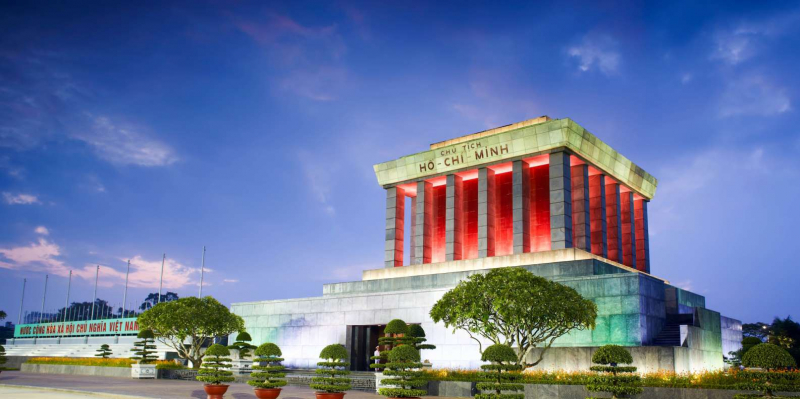
Visit the Ho Chi Minh Mausoleum 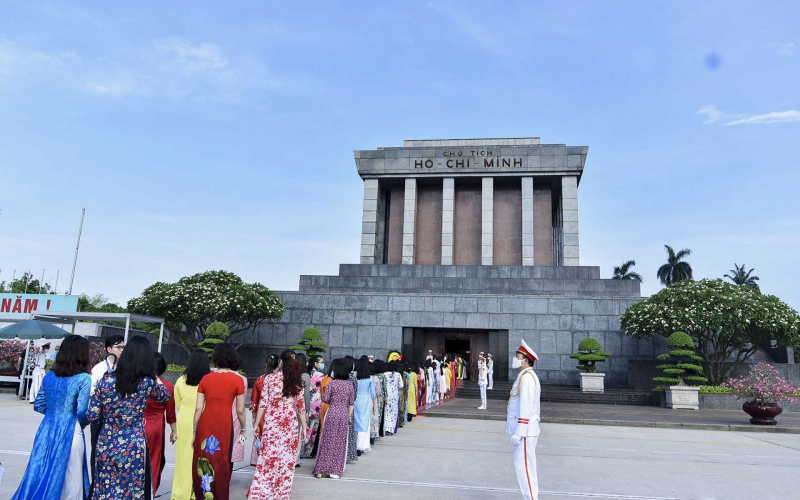
Visit the Ho Chi Minh Mausoleum -
The large national collection is housed in the Vietnam Museum of Ethnology, a must-visit for history lovers and museum enthusiasts. The 54 ethnic groups that make up Vietnam are represented at this museum in terms of their history and culture. This place is both a research center and a public museum exhibiting the ethnic groups of Vietnam.
With a total area of more than 4 hectares, it features three primary exhibition areas: the Southeast Asian exhibition area, the outdoor exhibition area, and the exhibition area in the Drum Dong building. A series of superbly well-curated exhibits tell the story of Vietnam's diverse cultures there. The numerous ethnic minorities that call Vietnam home are honored with beautiful exhibits of artifacts and art that feature metalwork, wooden carving, and traditional clothing. Some of the more interesting displays may be seen in the garden area outside the main structure. Along with the fascinating Giarai tomb, you can visit the rustic homes used by many ethnic minorities around Vietnam here.
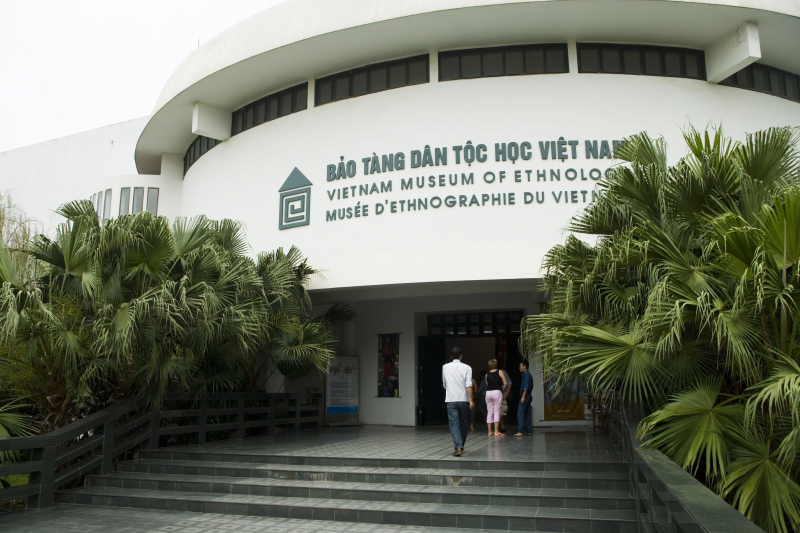
See the Exhibits inside the Vietnam Museum of Ethnology 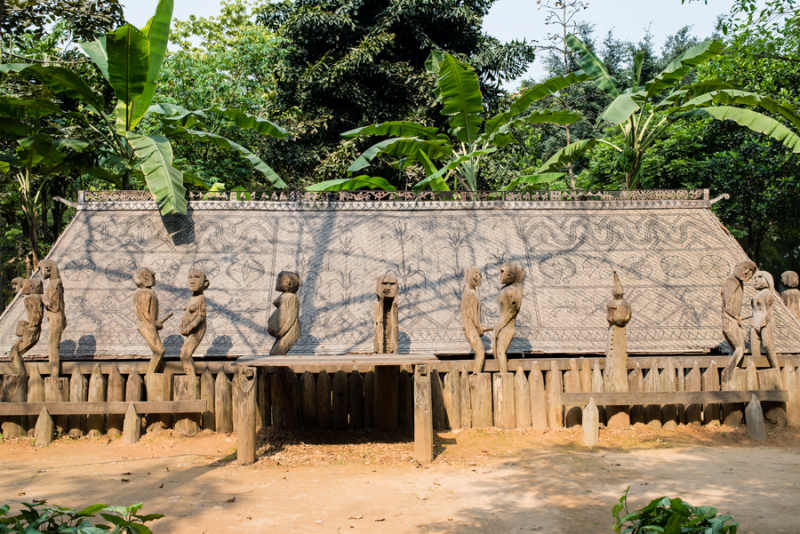
See the Exhibits inside the Vietnam Museum of Ethnology -
Hoa Lo Jail, also known as Maison Centrale, is a symbol of the strong will of the prisoners and their sacrifice for their communist ideals. It is a famously inhumane prison with horrific punishment that is located right in the Vietnamese capital.
Hoa Lo Prison Museum was first built by the French colonial government in the late 19th century to house Vietnamese revolutionaries and any other dissidents of the French rule. Records show that during the 1930s, there were around 2000 prisoners housed in the facility, which was initially designed to hold only 450 people. It is well known to many international tourists as the jail where American POWs were kept during the Vietnam War (known as the American War in Vietnam). John McCain is the most well-known prison who came from a foreign country. The French guillotine is also on exhibit, along with communal jail cells, solitary cells, and a courtyard on the prison grounds.
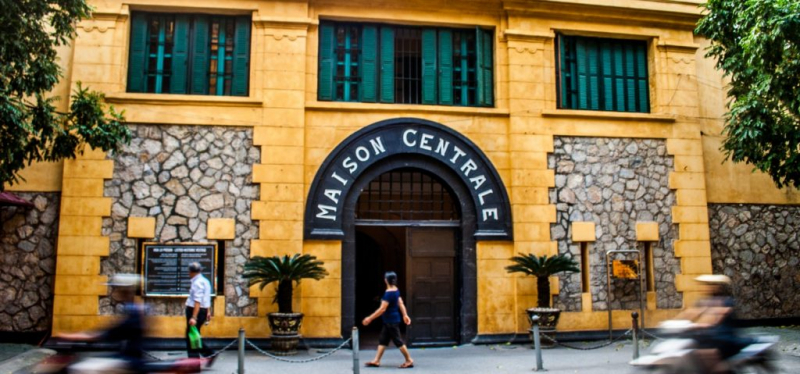
Visit Hoa Lo Prison Museum 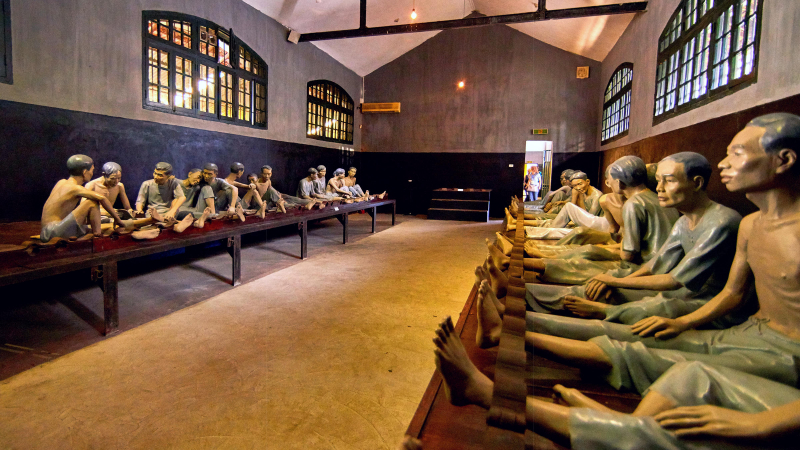
Visit Hoa Lo Prison Museum -
If you're traveling with children, the water puppet shows at the Thang Long Water Puppet Theatre are a fantastic opportunity to see traditional Vietnamese art and entertainment. It is advisable to get your tickets as soon as you arrive in the town because the Thang Long Water Puppet Theatre is one of the most popular tourist sites in Hanoi and tends to sell out well in advance.
First evolved in rural parts of Vietnam during the monsoon paddy field flooding periods, and today, this ancient art form is now mostly performed in custom-made water pools rather than outside. The performances typically feature a live band playing traditional Vietnamese instruments and are based on well-known local legends. Water puppetry is a long-standing Vietnamese tradition that dates back thousands of years. And the Thang Long Water Theater in Hanoi is the best place to see it when visiting Vietnam.
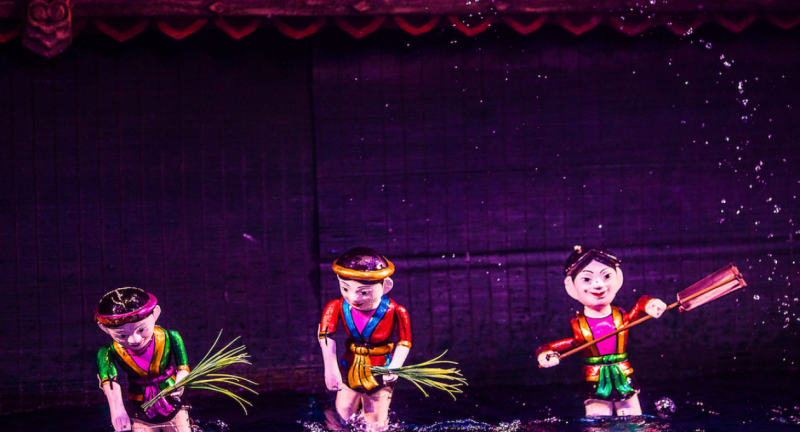
Watch a Show at the Thang Long Water Puppet Theatre 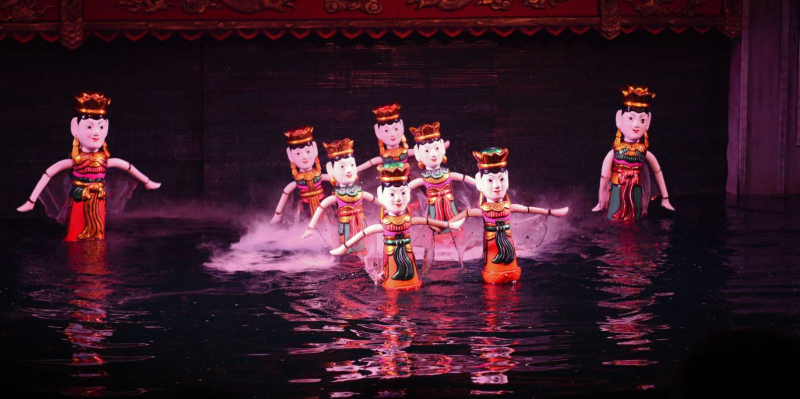
Watch a Show at the Thang Long Water Puppet Theatre -
The Ly Viet Dynasty constructed the Thang Long Imperial Citadel in the eleventh century to mark the Dai Viet's independence. It was once the key center of military power in this country and remained to play a crucial strategic role up to the 1960s and the Vietnam War.
Throughout Vietnam's history, The Citadel has seen a lot of significant changes and braced itself through a number of destructive wars. The Central Sector of the Citadel is its most prominent section; in 2010, it was added to the list of UNESCO Natural World Heritage Sites. Many priceless cultural and archaeological artifacts from the historic Thang Long Citadel can be found in the Central Sector. These artifacts clearly and fully depict the artistic, structural, and cultural developments during each dynasty.
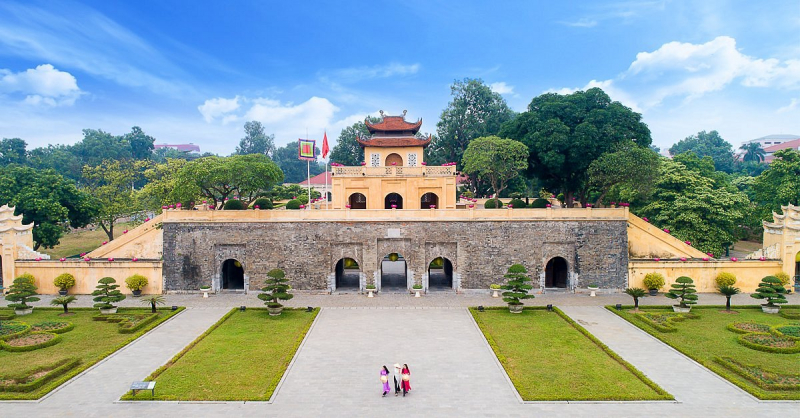
Explore the Thang Long Imperial Citadel 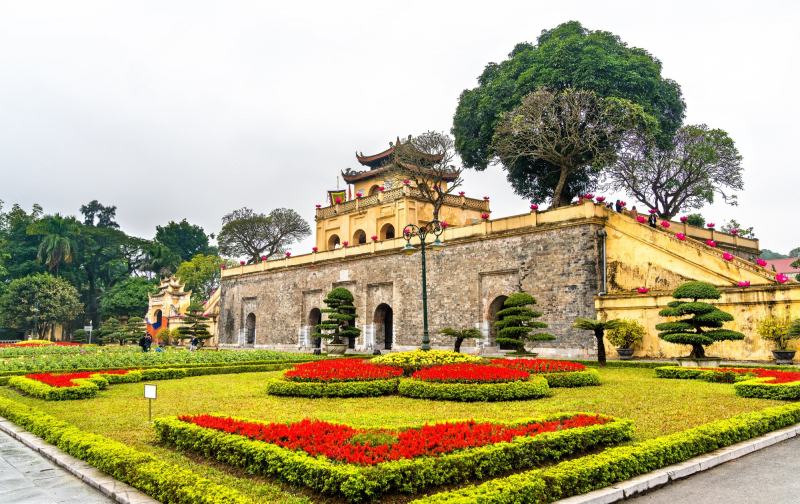
Explore the Thang Long Imperial Citadel -
One of the most well-known tourist destinations in Hanoi and an iconic place of the Vietnamese capital is West Lake (also known as Ho Tay - Tay Ho). For those who are sick of the rush of contemporary life, West Lake Hanoi would undoubtedly be the best option due to its quiet and tranquil beauty. Most locals come here to exercise by walking or riding the path that round the shore.
One of Vietnam's oldest still-standing temples is Tran Quoc Pagoda, one of the country's most stunning pagodas devoted to the mother goddess (although it has been rebuilt several times) is nearby. Most tourists find West Lake to be an excellent location to enjoy fresh seafood at one of the numerous restaurants that are situated near the shore while also getting a beautiful view of the new Hanoi skyline.
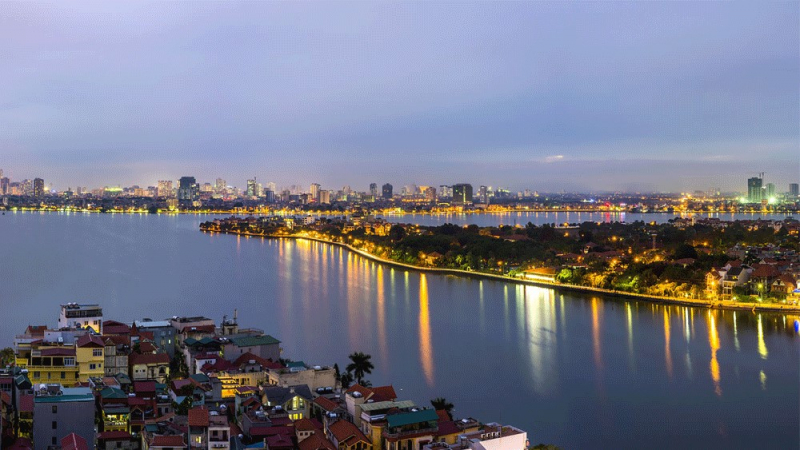
Take in the City Views at West Lake 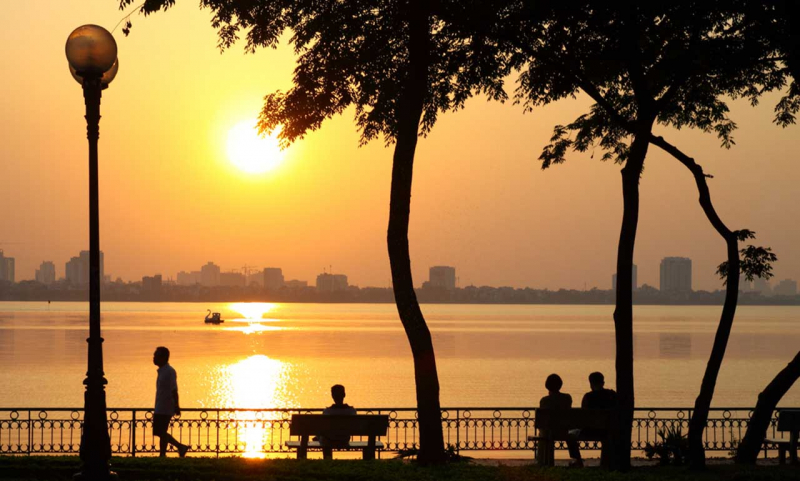
Take in the City Views at West Lake -
This Buddhist temple complex, also known as Huong Pagoda, is located on the clifftops and slopes of Huong Tich Mountain. It is a popular day trip from Hanoi, both for the pagodas themselves as well as the scenic journey there.
Following a 60-kilometer drive south of the city, you can reach the Perfume Pagoda by first taking a one-hour boat ride up a river surrounded by lush karst mountain scenery to Huong Tich Mountain. From there, you can either take a cable car with stunning mountain views up to the temple complex or climb the mountainside. For Vietnamese visitors, the pagoda complex is a significant destination of pilgrimage where they come to make offerings in hopes to find solutions to various difficulties, including childlessness, health problems, and others.
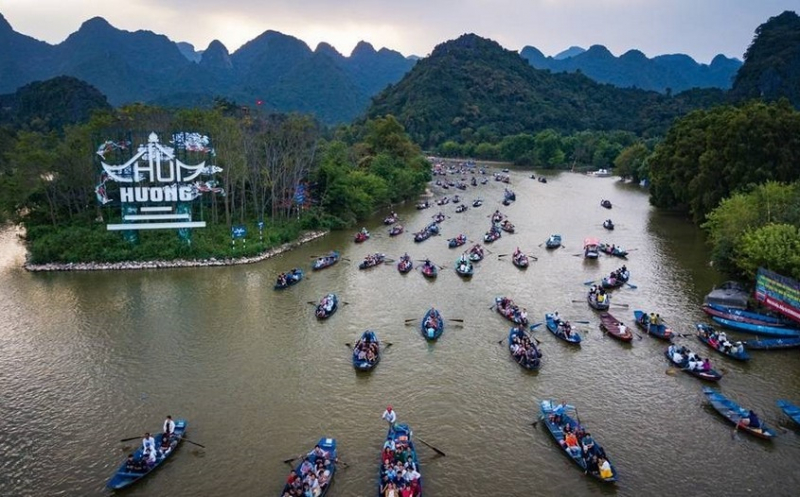
Boat Trip to the Perfume Pagoda Complex 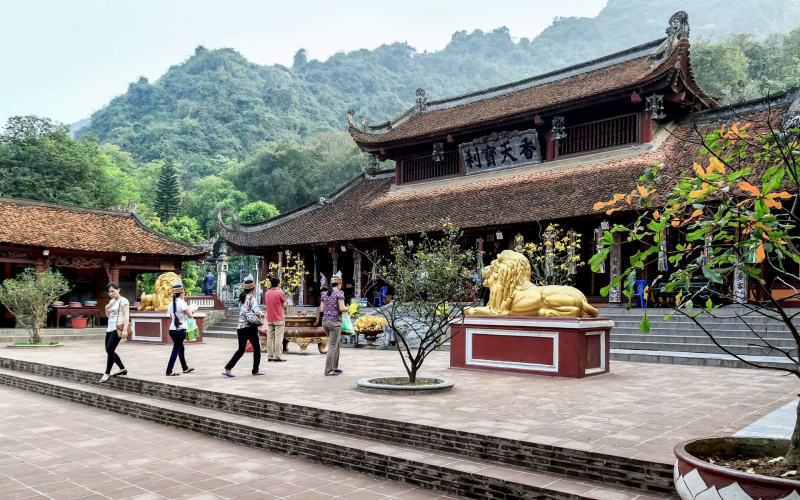
Boat Trip to the Perfume Pagoda Complex












